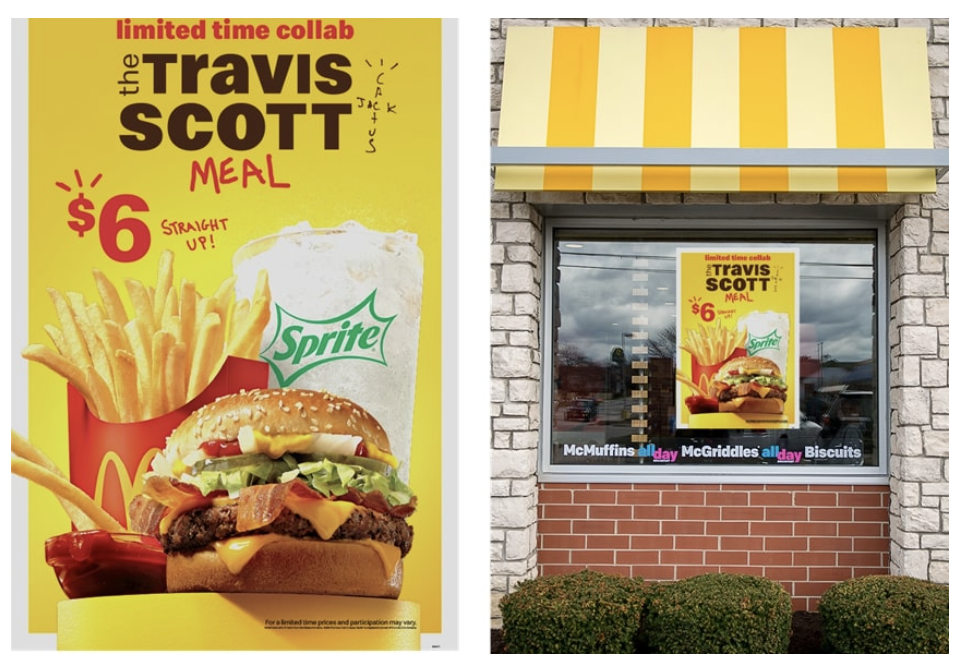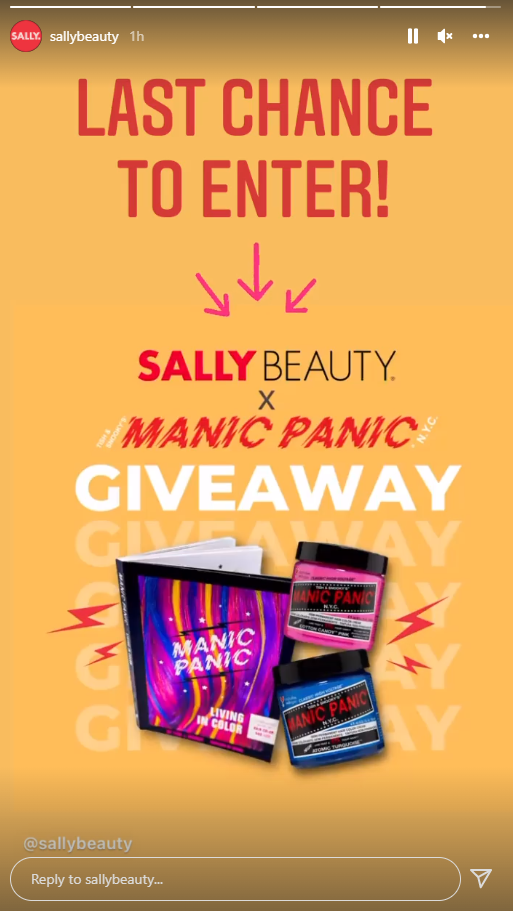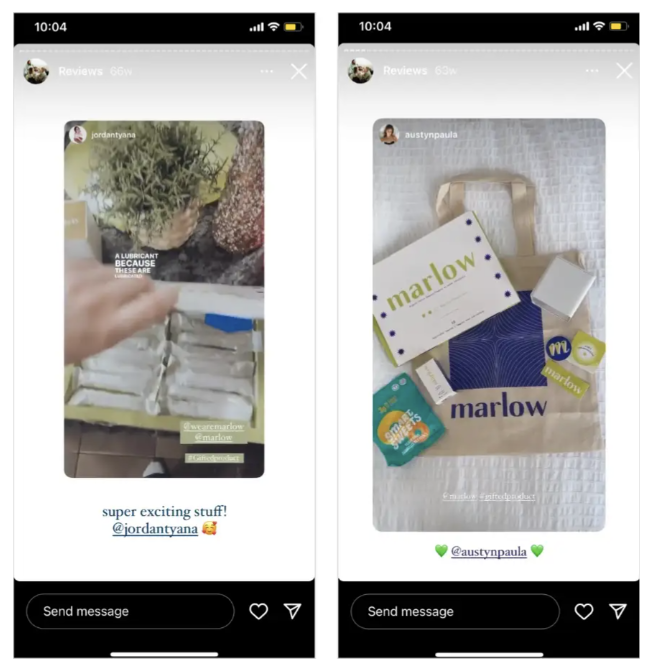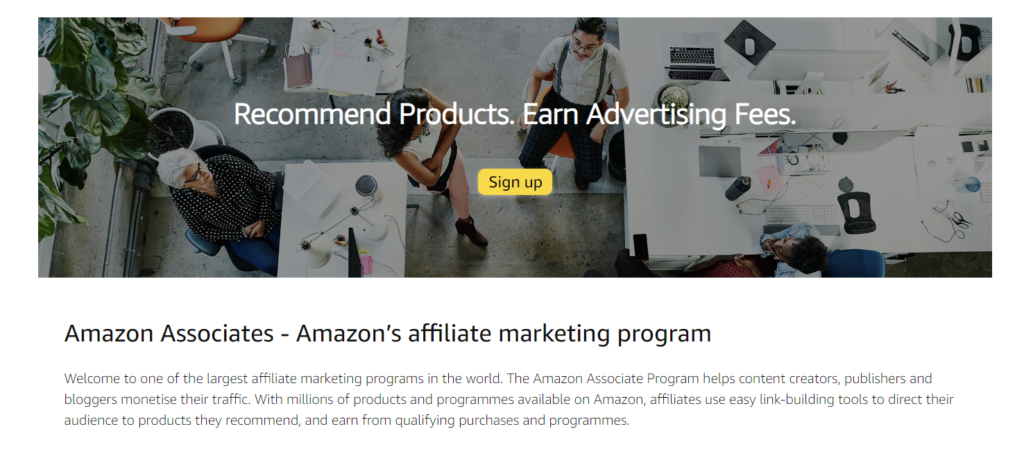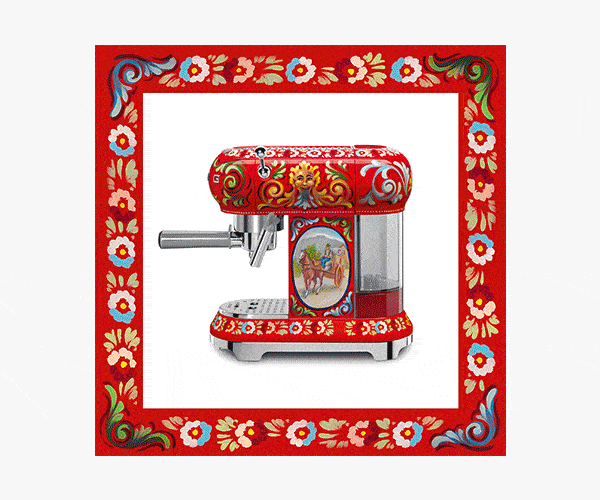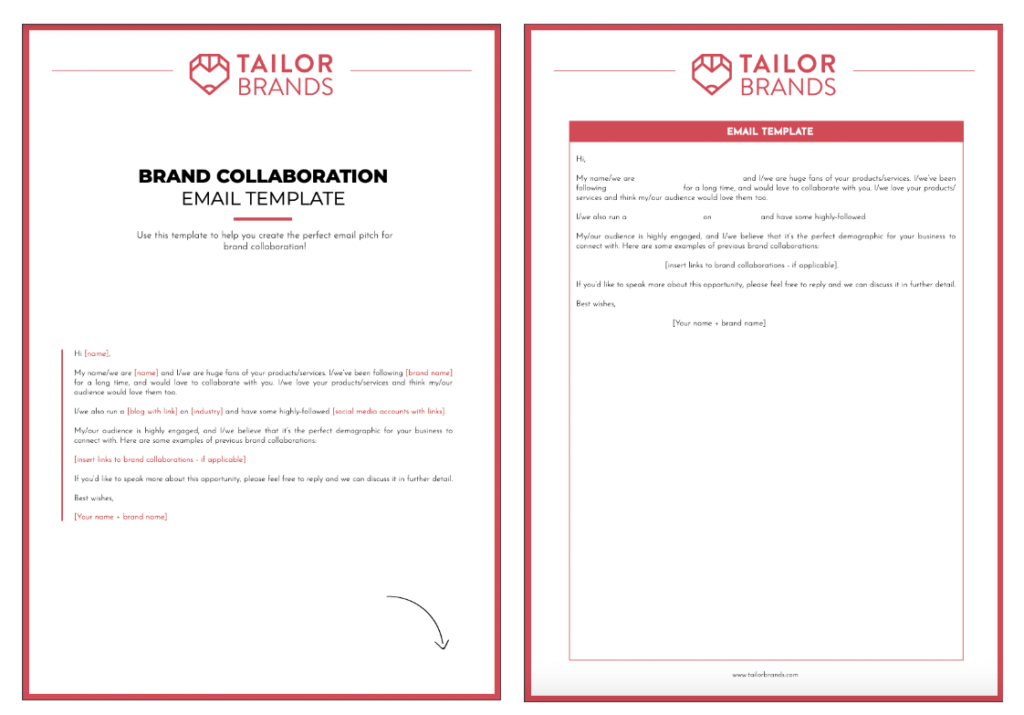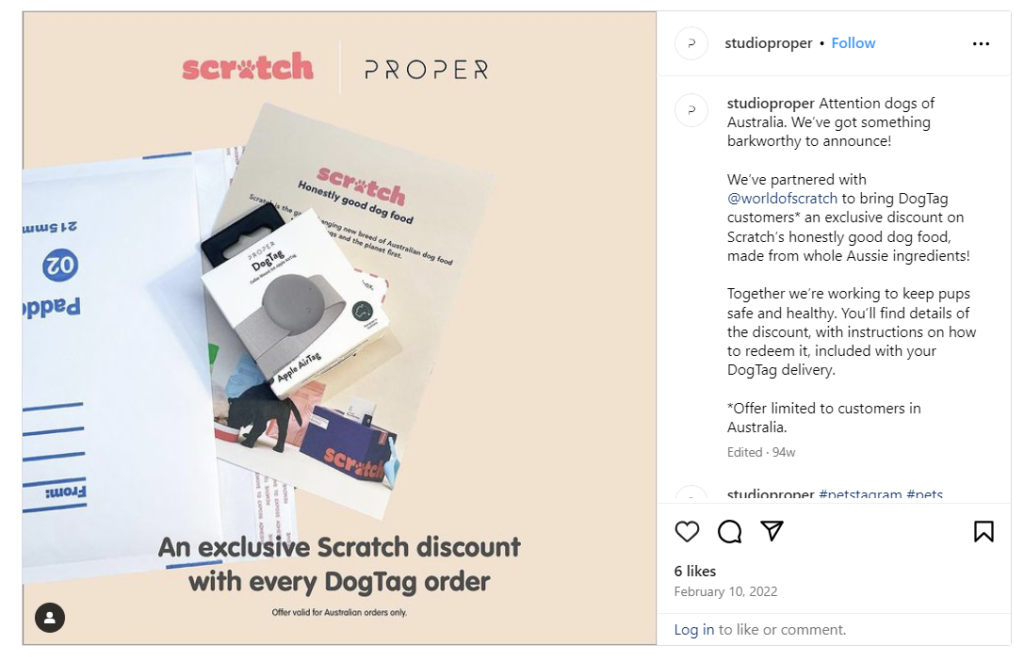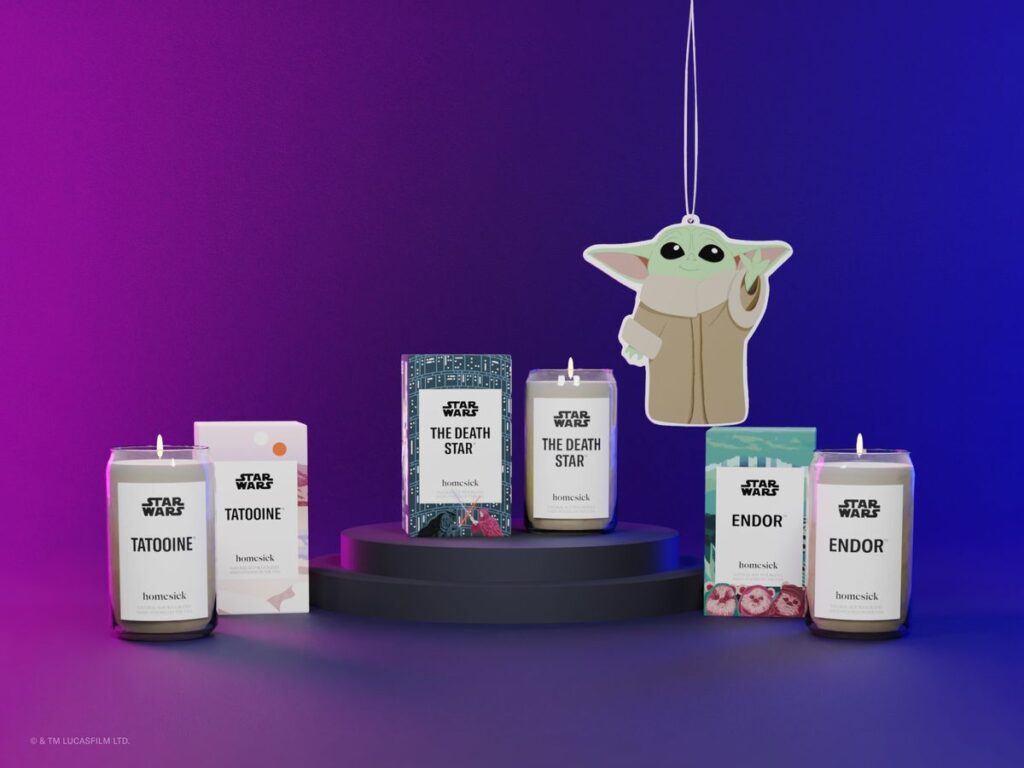If you don’t have brand collaboration on your 2024 marketing strategy to-do list, you could be missing out on target audience reach and market share.
As customer data becomes more challenging to access, brand collaborations are fast becoming vital to your eCommerce strategy. Not only do they help drive brand awareness to new, like-minded audiences, but they can also build trust more quickly — which helps boost conversions.
So, what is the best way to implement brand collaboration strategies? We answer this and other burning questions such as:
- What are brand collaborations?
- How do brand collaborations work?
- What types of brand collaborations are there?
- Why are brand collaborations trending?
- How do I find a successful brand collaboration for my online store?
- What is a good brand proposal template?
- What are some winning eCommerce brand collaboration examples?
Let’s jump in.
What Are Brand Collaborations?
A brand collaboration is when two brands (products, businesses, or individuals) who have similar target audiences work together to boost brand awareness reach, customer engagement, and sales.
It’s important that they aren’t in competition with each other. The idea is to find an individual product, service, or brand that compliments your own, or one that has an audience overlap. In other words, a mutually beneficial partnership.
How Do Brand Collaborations Work?
Generally speaking, two businesses, services, or brands find ways to cross-promote to each other’s audiences. This gives them instant access to each other’s extensive audiences, resulting in combined brand visibility.
Brand collabs don’t have to be between only one type of brand. Celebrity brand collabs are a good example of this on a much larger scale — the controversial Kanye West and Adidas or the McDonald’s and Travis Scott collaborations both come to mind when I think big news celebrity brand collaborations.
[Source: Queue-it]
Having said that, you don’t need larger scale brand collab promotions to make a big impact in your online store’s niche.
For instance, your influencer marketing counts as brand collaboration, matching store brands with people brands. Or your agreements (partner collaborations) you have with other stores or marketplaces.
Let’s look at the five main types of brand collaborations.
What Types of Brand Collaborations Are There?
When it comes to eCommerce marketing, there are five main brand collaboration types worth exploring. They are:
- Co-marketing
- Influencer marketing
- Product collaborations
- Brand partnerships
- Celebrity partnerships or sponsorships
Let’s look at how each of these brand collaboration types works in more detail and how they can be used to market your eCommerce brand.
Co-Marketing
Sometimes referred to as collaboration marketing, co-marketing is becoming an increasingly popular way to leverage another business’s brand loyalty. A successful collaboration can also result in great ROAS, and they don’t have to require a considerable investment in budget and time (i.e., learning curve).
Here are some co-marketing collaborations online stores can easily implement:
- Shared landing page on-store offers
- Content collaborations such as guest post exchanges or social media takeovers
- Email newsletter mentions
- Webinars and events
- Co-brand promotions or giveaways
[Source: Sprout Social]
Influencer Marketing
While influencer partnerships are not new, they still have a lot of potential, yet are underutilized by online store marketers — especially niche micro-influencer campaigns.
A micro-influencer partnership is influencer marketing on a smaller scale. However, they are known for their big impact and cost-effectiveness, making them a great choice for online stores. Here’s an example of a micro-influencer Instagram Stories campaign.
[Source: Later]
Here’s a list of the most popular social media platforms for influencer collaboration marketing:
- TikTok
- YouTube
- Snapchat
Although TikTok is the new kid on the influencer marketing block, Instagram is still considered the best social media platform for influencer partnership campaigns by marketers.
Bonus Content: How to Find the Best Influencers for Your eCommerce Brand
Product Collaborations
The next type of brand partnership to consider is a product collaboration. Product collaborations are where eCommerce brands pair up to create a new product or product bundle. The idea is to highlight the best of both retailers into one offering.
Here’s a product collaboration example from 2010: mega-retailer Supreme partnered with Oreo to create Supreme Oreo.
[Source: Advertising Week]
Brand Partnerships
Brand partnerships are collaborations between businesses where they agree to ongoing co-marketing and promotion endeavors. An excellent example of this type of collaboration is affiliate partnerships, where individuals or companies sign up for long-term marketing promotions in exchange for incentives.
Think Amazon!
Pro Tip: If you are looking to add affiliate marketing to your Shopify store, here are some apps and tools to consider:
Another example would be when two brands agree to regularly promote each other’s products or services on their sites. For instance, a list of StoreYa’s brand partnerships includes Yotpo, Token Creative Services, Smile.io, Blend Commerce, Storetasker, Classy Llama, and more.
Celebrity Partnerships or Sponsorships
Last but not least, there are celebrity partnerships or sponsorships. This is where a brand, service, or business will leverage a person’s brand (and popularity). Or where a brand will sponsor another brand to capitalize on the other brand’s massive reach — think sports sponsorships like PepsiCo and the NFL.
Why Are Brand Collaborations Trending?
There are several reasons why co-marketing and brand collaborations have taken off in such a big way. Let’s look at some that are driving this eCommerce marketing trend and how brand collaborations solve them:
- More stringent data laws and regulations. As more countries restrict data collection, access to highly targeted lookalike audience types will get more complex. Brand collaborations allow you access to targeted shoppers who already trust the brand that is recommending yours.
- Inflation and budget restrictions. Brand collaborations can offer online store marketers access to new potential customers for less spend than other, more traditional marketing campaigns.
Bonus Content: How Inflation Is Impacting eCommerce Business and the Strategies You Need to Ride Out the Storm
The bottom line is that brand collaborations enable you to improve ROAS while tapping into new audiences, quickly building brand recognition and trust and leveraging brand, person, or business strengths — all while ensuring shared risk responsibility and increasing product sales.
A good example of this would be the Supreme and Louis Vuitton product collaboration. With their autumn winter collection titled “Friends and Heroes,” several Supreme-branded Louis Vuitton bags in red and black were featured in store. Products that are still reselling well on vintage fashion sites such as The Luxury Shopper.
[Source: The Luxury Shopper]
How Do I Find a Successful Brand Collaboration for My Online Store?
To find a successful brand collaboration opportunity, you will want to:
- Outline your main collaboration objective
- Search for brand collaboration opportunities
- Choose the right brand partner
- Consider brand collaboration management tools
1. Outline Your Main Collaboration Objective
The first step is to determine what your top objectives and goals are. Is your top priority to boost conversions, increase social media management or followers for later retargeting campaigns, or drive brand awareness to new potential customers? Determining your goals will ensure you are reaching out to a potential partner, brand, or business that is ideal for reaching them.
2. Search for Brand Collaboration Opportunities
Next, you will want to create a list of possible brand partnership opportunities. Here are some ways you can find brands to collaborate with:
- Use specific, relevant keywords to search for potential brands or businesses on social media.
- Consider influencer marketplaces such as Collabstr or AspireIQ.
- Spy on your competitors to see who they are collaborating with.
- Look at brands you are already engaging with. Are there any brands or businesses you have in your social media followers list that you have already commented on, liked, or shared with?
- Ask your loyal customers and followers what other products or brands they love.
3. Choose the Right Brand Partner
Once you’ve curated your list, you need to determine which brands could result in a successful collaboration or partnership. A good partnership will have a small amount of niche overlap so that audiences are similar — not identical. You want users to have shared interests but not be exactly the same.
Ultimately, you’re looking for a complementary business, brand, service, or individual who you can partner with to grow each of your own operations and loyal customers. An excellent retro (2006) example of this would be one of the first major retail collabs when Nike and Apple teamed up for the Nike+iPod in-shoe sensor.
A more recent example would be the North Face and Gucci product collaboration, or Dolce & Gabbana and Smeg’s.
[Source: Queue-it]
4. Consider Brand Collaboration Management Tools
For stores looking to consistently increase partnerships, brand collaborations, and influencer marketing, you may want to consider a brand collaboration tool, such as the Shopify Collabs app.
Some other tools include:
What Is a Good Brand Proposal Template?
Once you have narrowed down some possibly successful collaboration partnerships, you will want to reach out to them.
You will also want to consider the type of collaboration you want to engage with. For instance, a quick email may suffice if it’s a simple backlink exchange. But if you’re looking to do a product collaboration, you will want to set up a meeting and do a substantial pitch.
The strategy will also differ depending on whether you know the brand already or are cold calling. Here’s a good brand collaboration proposal template from Tailor Brands to get you started.
[Source: Tailor Brands]
What Are Some Winning eCommerce Brand Collaboration Examples?
Let’s look at three examples of successful brand collaboration partnerships from top Shopify stores:
- The Longboi and Weiner-Paw-Looza Sponsorship Partnership
- The Studio Proper and Scratch Cross-Promotion
- The Homesick and Lucasfilm Product Collaboration
1. Longboi and Weiner-Paw-Looza Sponsorship Partnership
If you are looking for an example of a brand collaboration where no money is involved, then the Longboi and Weiner-Paw-Looza (local Weiner dog festival) is a good example. Here, the pet store Longboi, who specifically sells clothing for dachshunds and their owners, loaned their branded photo-booth backdrop to Weiner-Paw-Looza.
The payoff? A great way for Longboi to get organic marketing traffic for their very niche target audiences. As you can see, as niche as it is, their target audience is very much aligned.
2. Studio Proper and Scratch Cross-Promotion
When it comes to successful product collaborations, you will get a lot of inspiration from Studio Proper (a tech design agency) and Scratch (an Australian dog food company). With this eCommerce co-marketing partnership, Studio Proper included package inserts — with discount codes — with their DogTag Apple AirTag product orders.
[Source: Instagram]
3. Homesick and Lucasfilm Product Collaboration
Lastly, let’s look at a good example of how successful product collaborations can be. Scented candle company Homesick is all about creative collaborations that elicit nostalgia. In this example, they developed a “unique Star Wars candle collection featuring the scents of fictional planets from a galaxy far, far away.”
This led to free national exposure when picked up by publications such as Mashable and Cosmo.
[Source: Cosmopolitan]
Wrap Up
Whether it’s a strategy influencer collaboration, a quick co-marketing agreement like a backlink exchange, or a more involved partnership such as a product collaboration — there is no doubt that brand collaboration is a great way to drive reach to a possibly untapped target audience.
The secret in choosing the right potential partner is finding a mutually beneficial one that allows you to reach new followers or shoppers with adjacent interests.
And when done right, a successful brand collaboration will result in increased:
- Brand visibility
- Brand awareness
- Brand loyalty
Still have brand collaboration questions? Post them in the comments below.

Nicole is a content writer with over sixteen years experience and flair for storytelling. She runs on a healthy dose of caffeine and enthusiasm. When she's not researching the next content trend or creating business content strategies, she's an avid beachgoer, coffee shop junkie and hangs out on LinkedIn.
Recommended articles
 Facebook Ads for eCommerce: 16 Strategies, Examples & Tips
Facebook Ads for eCommerce: 16 Strategies, Examples & Tips
 How to Build a Winning eCommerce Ads Strategy
How to Build a Winning eCommerce Ads Strategy
 Google Ads for eCommerce: Everything You Need to Know
Google Ads for eCommerce: Everything You Need to Know
 10X Your Traffic with PPC Management Software
10X Your Traffic with PPC Management Software
Comments
Powered by Facebook Comments
